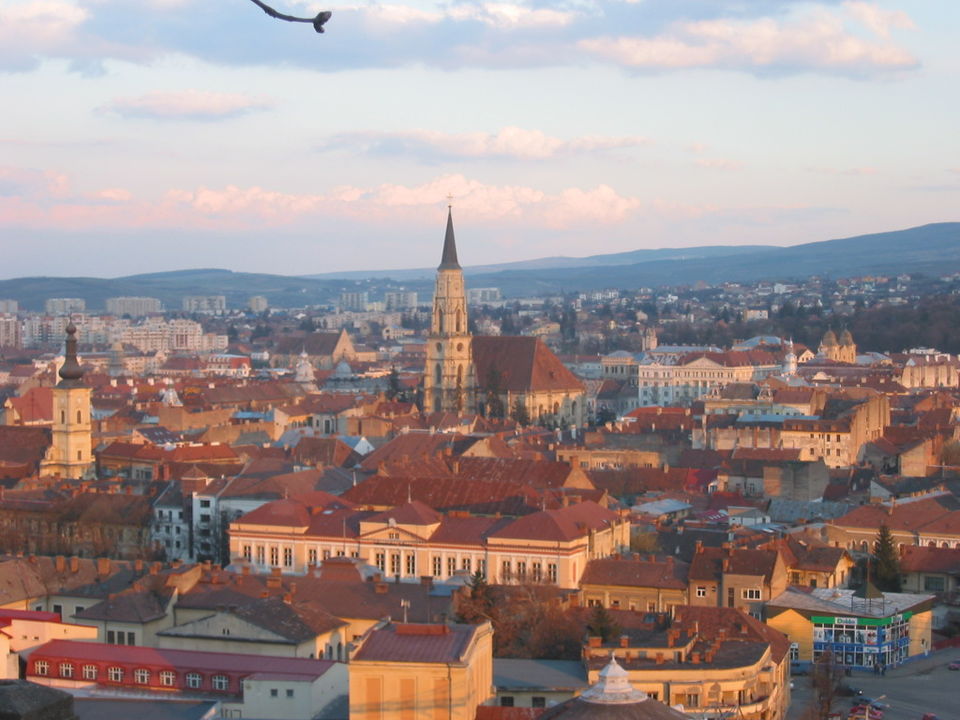

Curated experiences in Cluj-Napoca
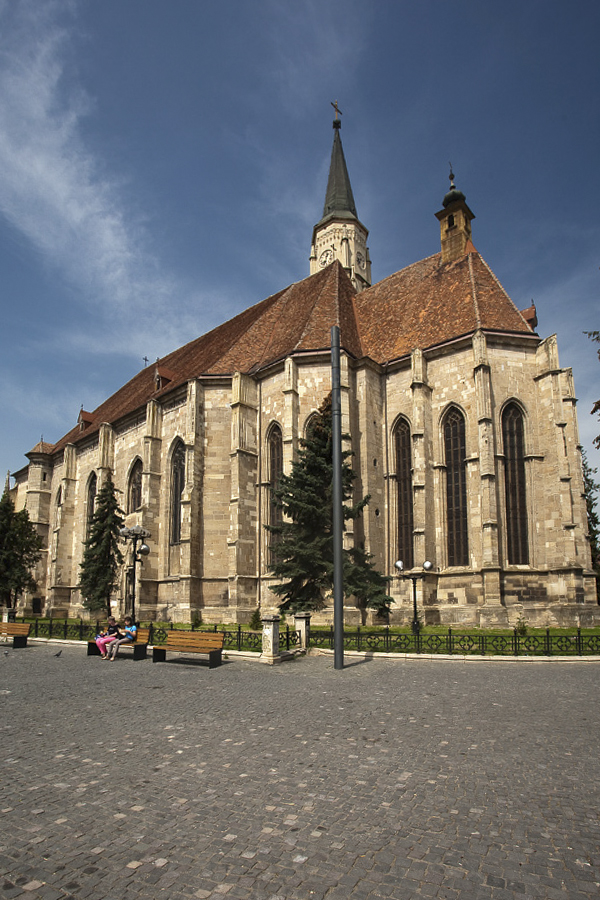
The St. Michael's Church (Romanian: Biserica Sfântul Mihail, Hungarian: Szent Mihály-templom, German: Michaelskirche) is a Gothic-style Roman Catholic church in …
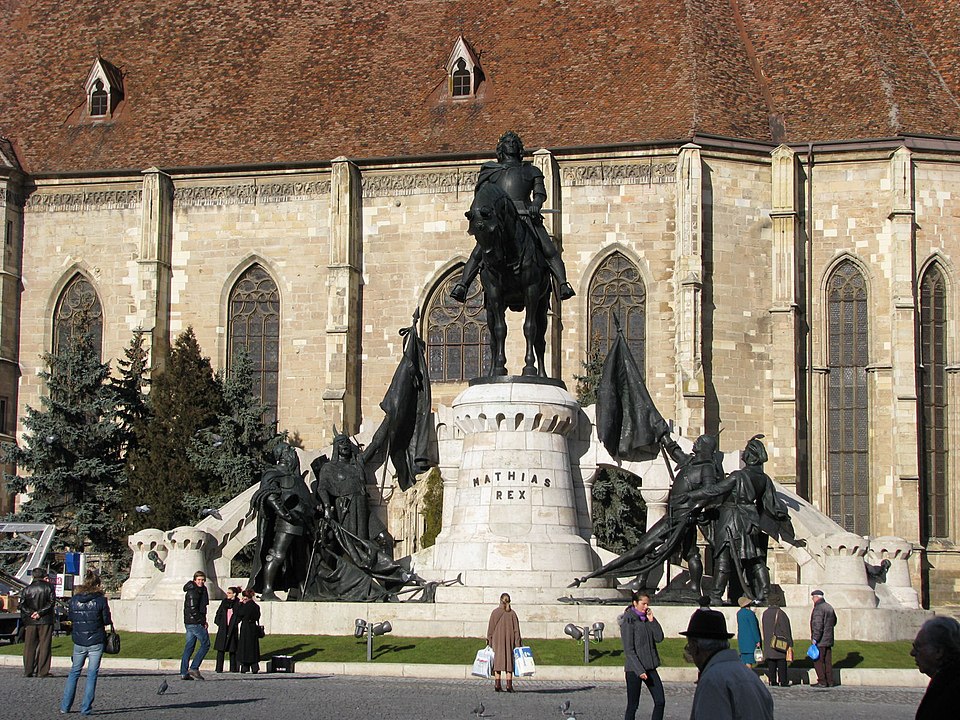
The Matthias Corvinus Monument (Romanian: Monumentul Matia Corvin; Hungarian: Mátyás király emlékmű) is a monument located in Piața Unirii, Cluj-Napoca, …
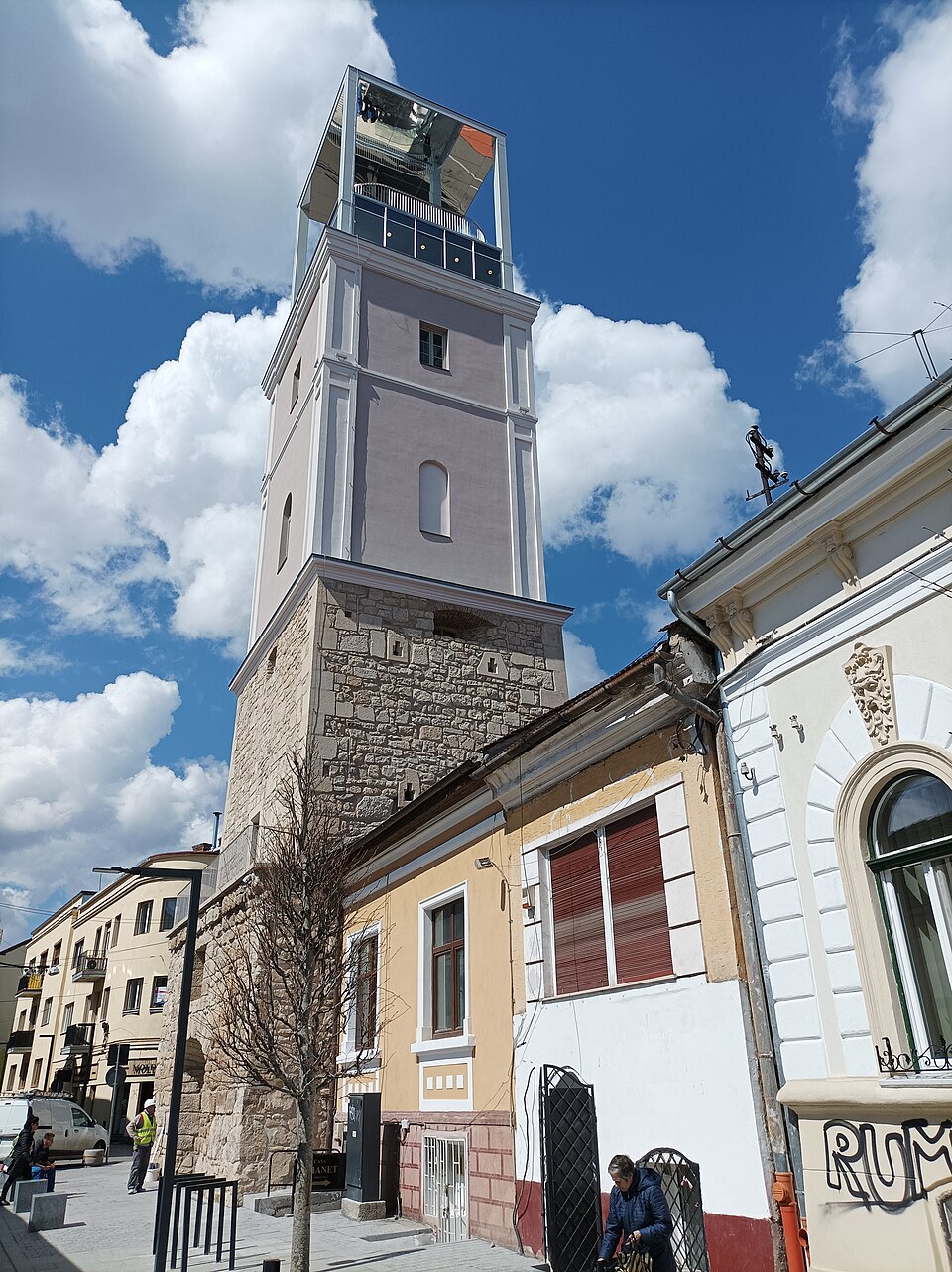
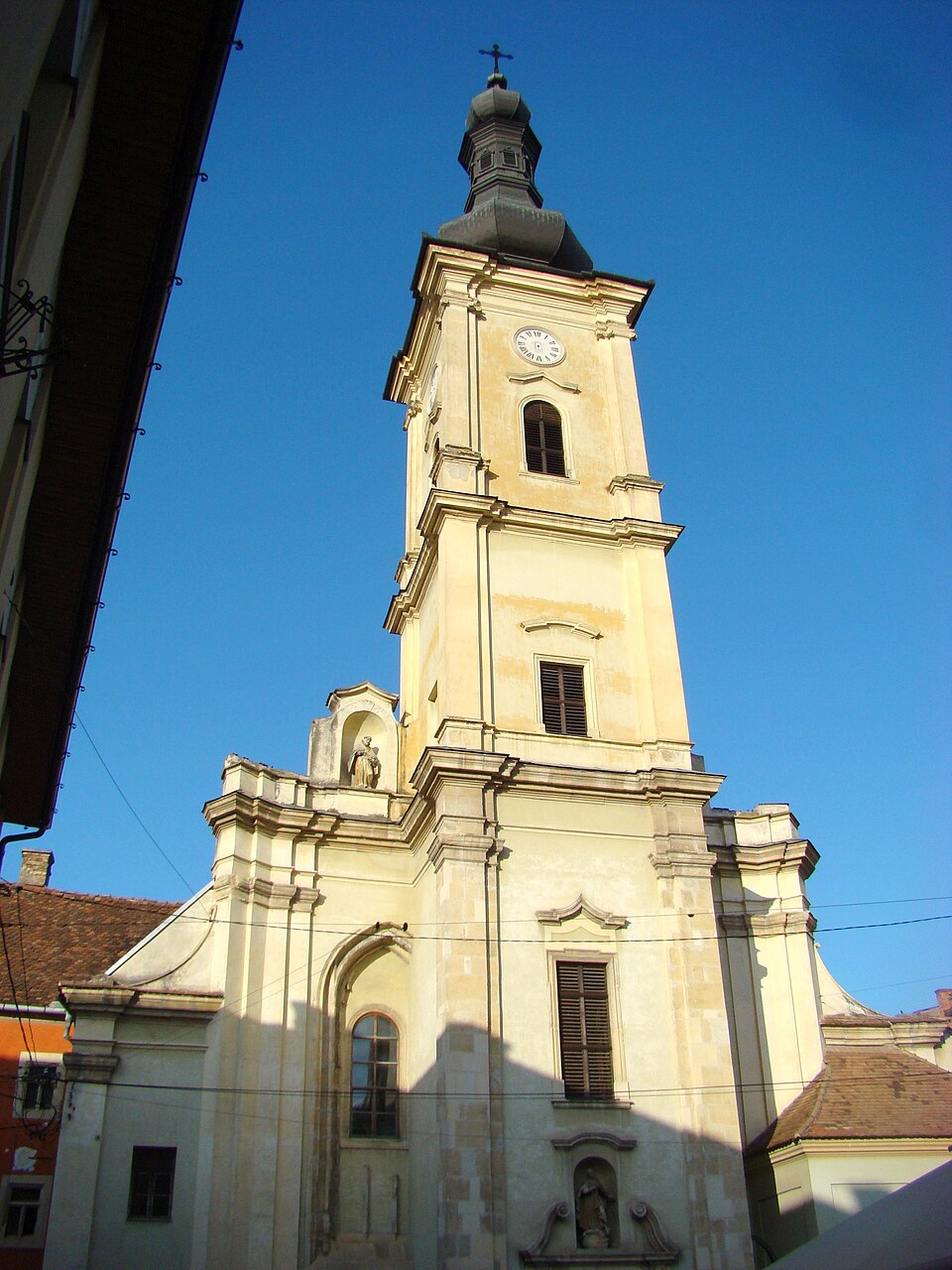
The Franciscan Church is a place of worship in Cluj-Napoca, Romania. It was built between 1260 and 1290, on the …
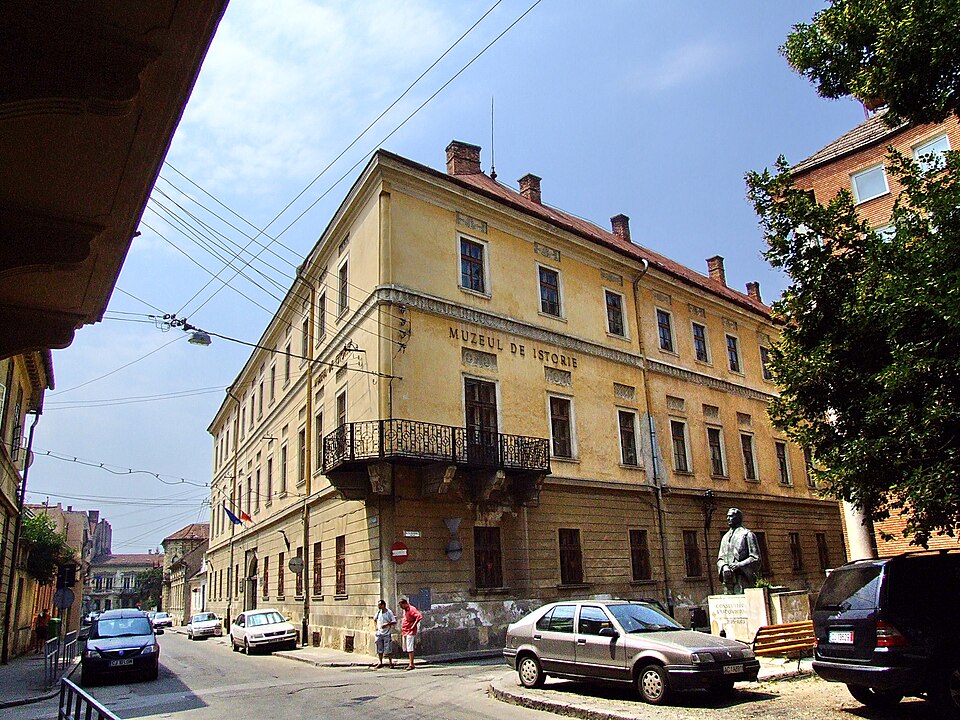
The National Museum of Transylvanian History (Romanian: Muzeul Național de Istorie a Transilvaniei, Hungarian: Erdélyi Történelmi Múzeum) is a history …

Hajongard cemetery (officially Central Cemetery, in Hungarian Házsongárdi temető, from German Hasengarten), on Avram Iancu Street, is one of the …
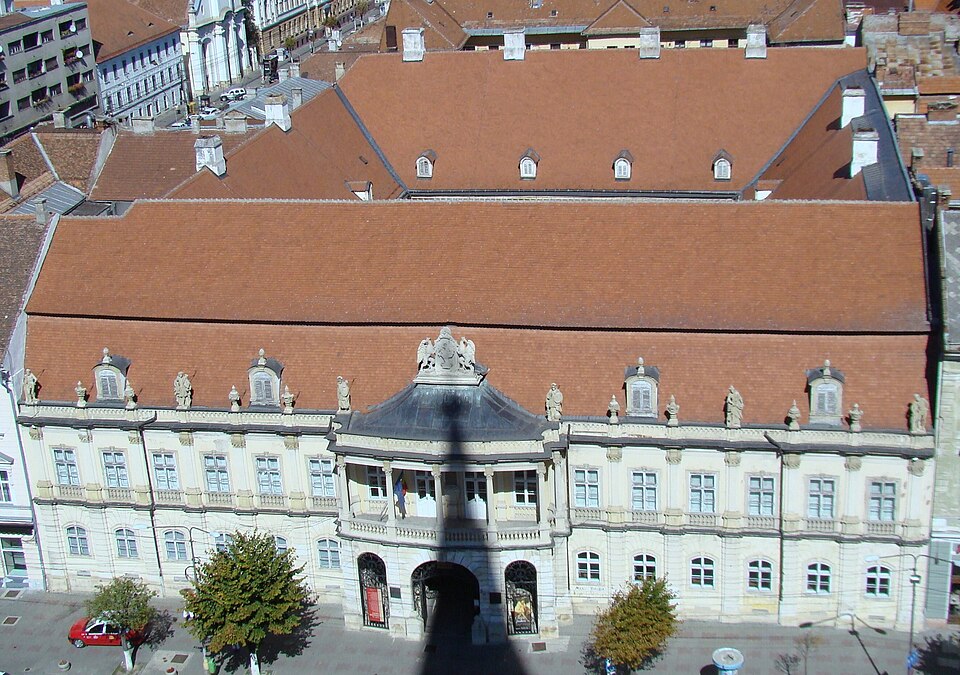
The Museum of Cluj-Napoca or National Art Museum, Cluj-Napoca, is an art museum housed in an important eighteenth-century Baroque building, …
Create a personalized itinerary and unlock the finest experiences Cluj-Napoca has to offer
Plan Your Trip